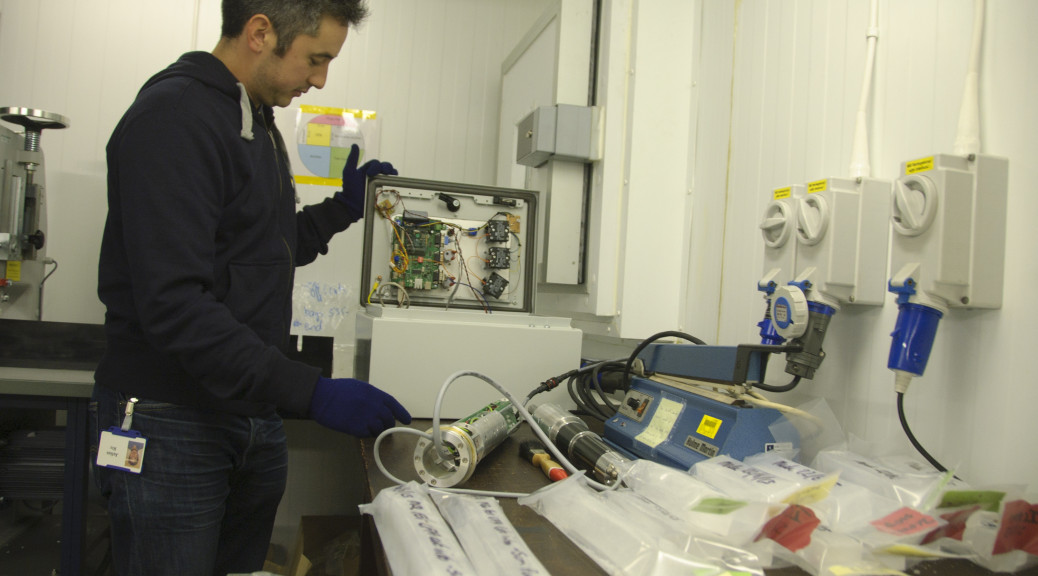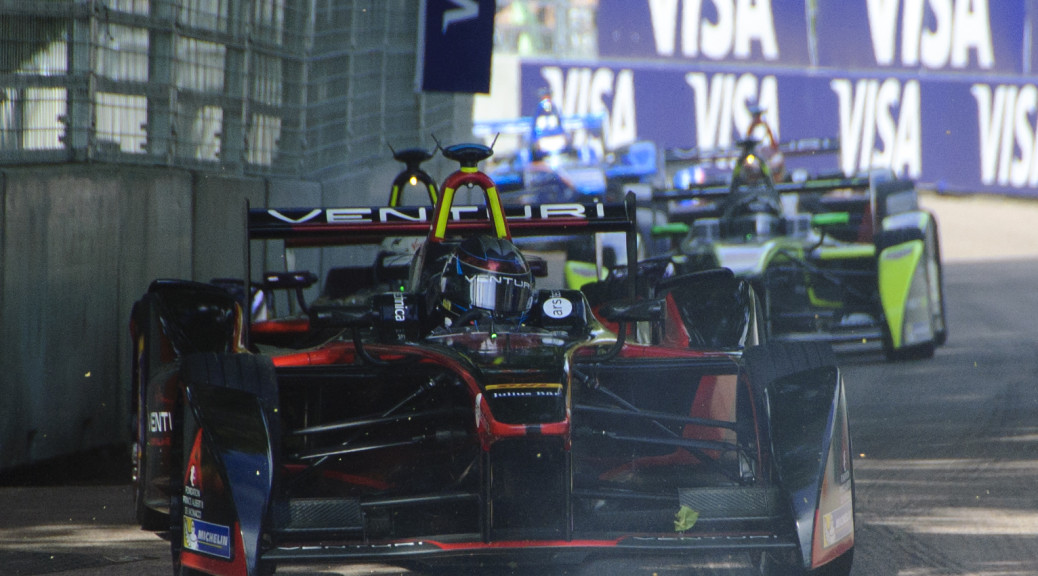There is no visible horizon in the waters beneath the Ross Ice Shelf. So electrical engineer Jim O’Sullivan built an artificial one for the pilot of the submersible remotely operated vehicle (ROV) that he and a team of scientists were testing there in 2008. The team didn’t lack for data: The ROV’s orientation, speed, and depth were numerically displayed on the pilot’s screen. But it is difficult to convert numbers into spatial awareness. The ROV was at risk of crashing into the delicate creatures, such as sea spiders, that it was supposed to be observing.
Fortunately, O’Sullivan had come across a similar problem in a different setting: aviation. As a pilot, he had an instrument rating, “which was useful for understanding how to navigate without being able to see,” he recalls. When flying blind, pilots use half a dozen different instruments to maintain their situational awareness, including an artificial horizon. O’Sullivan found open-source software that could convert the ROV’s telemetry data to display an artificial, underwater horizon. This example of engineering on (and under) “the Ice,”—as Antarctica is known—demonstrates the need for ingenuity and improvisation beyond anything training can provide. Continue reading The Ice Stuff



